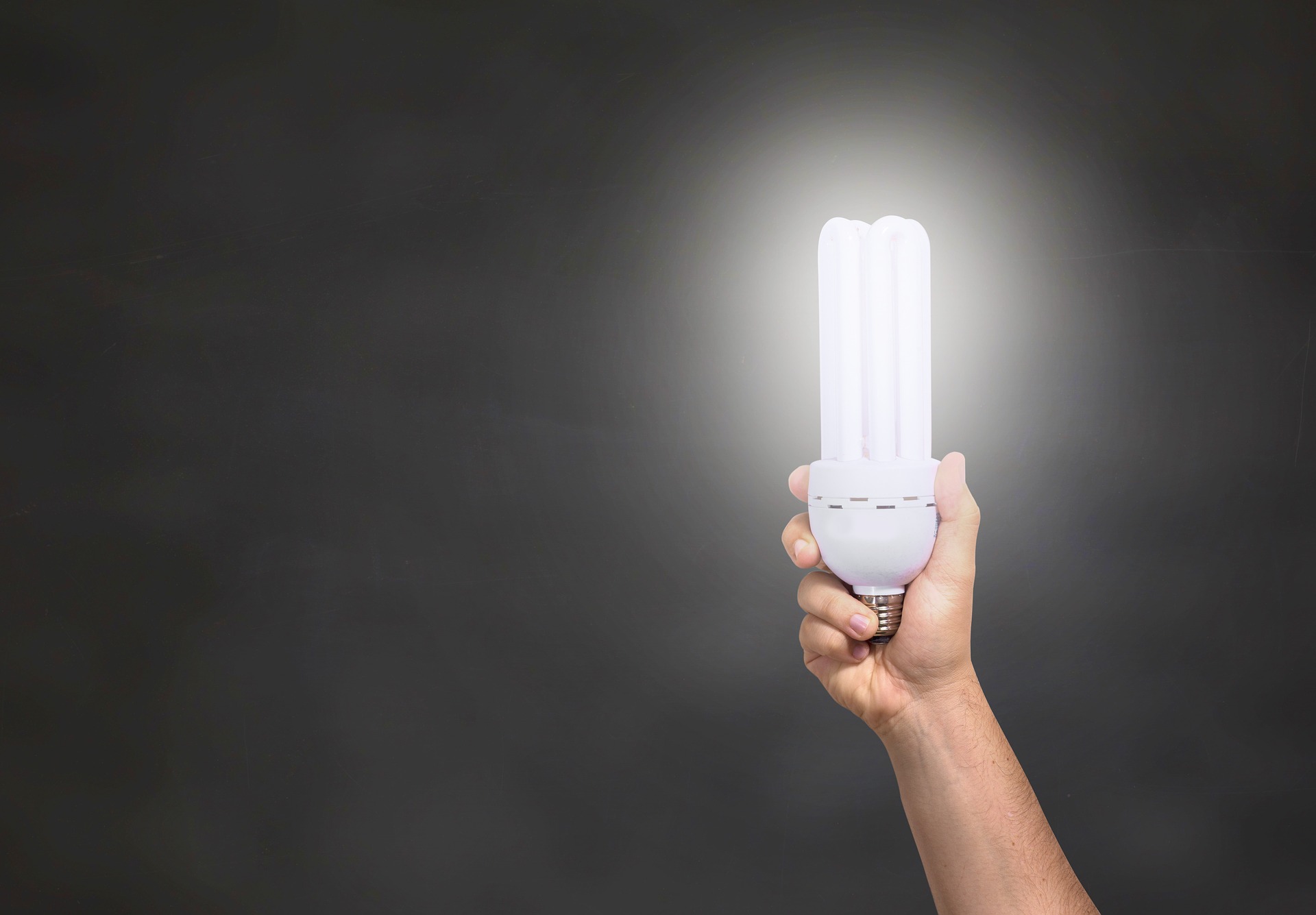

Articles
Who Invented The Fluorescent Light Bulb
Modified: January 9, 2024
Discover the history behind the invention of the fluorescent light bulb through insightful articles. Learn about the genius minds that revolutionized lighting technology.
(Many of the links in this article redirect to a specific reviewed product. Your purchase of these products through affiliate links helps to generate commission for Storables.com, at no extra cost. Learn more)
Introduction
When it comes to lighting, the invention of the fluorescent light bulb revolutionized the way we illuminate our world. This energy-efficient and long-lasting lighting technology has become a staple in homes, offices, and public spaces around the globe. In this article, we will explore the fascinating history of the fluorescent light bulb, from its early developments to the key innovators behind its invention.
Before the advent of the fluorescent light bulb, traditional incandescent bulbs dominated the market. These bulbs relied on a filament that would glow when electricity passed through it, producing light as a byproduct of the heat generated. While incandescent bulbs were effective, they had several drawbacks, including high energy consumption, short lifespan, and limited brightness range.
As the demand for more efficient lighting grew, scientists and inventors began to experiment with different technologies. It was in the late 19th century that the foundation for the fluorescent light bulb was laid. In 1852, Sir George Gabriel Stokes, an Irish physicist, discovered the phenomenon of fluorescence. He observed that certain materials could absorb ultraviolet (UV) light and emit visible light in response. This breakthrough sparked interest in finding practical applications for this phenomenon in lighting.
Fast forward to the early 20th century, when two inventors, French engineer Georges Claude and American engineer Peter Cooper Hewitt, made significant strides in fluorescent lighting. Claude developed the first practical electrical discharge lamp in 1901, which used neon gas to emit a red light. Meanwhile, Hewitt obtained a patent for his mercury vapor lamp in 1901, which used mercury vapor to produce a bluish-green light. Although these early prototypes paved the way for fluorescent lighting, they were not yet fully functional fluorescent light bulbs as we know them today.
Key Takeaways:
- The invention of the fluorescent light bulb revolutionized lighting technology, offering energy efficiency, long lifespan, and improved color rendering. Key innovators paved the way for its development, shaping the way we illuminate our world today.
- Ongoing advancements in fluorescent lighting, including electronic ballasts, CFLs, and LED technology, continue to enhance energy efficiency and sustainability. The impact of fluorescent light bulbs extends to reduced energy consumption and improved quality of light in diverse environments.
Read more: Who Invented The Fluorescent Lamp
Early Developments in Lighting Technology
Before the invention of the fluorescent light bulb, various forms of lighting technology were being explored and developed. These early developments laid the foundation for the advancements that would eventually lead to the creation of the fluorescent light bulb.
One of the earliest forms of electric lighting was the arc lamp, which used an electric arc to produce light. The arc was created by connecting two carbon rods, which would generate a bright and intense light when an electrical current was passed through them. This type of lighting was used primarily for outdoor and street lighting in the late 19th century.
Another significant development in lighting technology was the incandescent light bulb. In 1879, Thomas Edison successfully patented and commercialized the incandescent bulb. This bulb used a filament made of carbonized bamboo or cotton thread that would glow when electricity passed through it. Although incandescent bulbs were widely adopted, they were inefficient and had a limited lifespan.
Amidst these early advancements, scientists and inventors were also exploring the properties of different gases and materials that could be used to create light. In 1894, Nikola Tesla experimented with fluorescent substances and gas discharges, paving the way for future fluorescent lighting applications.
These early developments in lighting technology laid the groundwork for the invention of the fluorescent light bulb. The unique properties of fluorescent materials and the desire for more energy-efficient and long-lasting lighting solutions drove further innovation and experimentation.
The Invention of the Fluorescent Light Bulb
The invention of the fluorescent light bulb can be attributed to several key innovators who made significant contributions to its development. In the early 20th century, these inventors built upon the knowledge of fluorescence and gas discharges to create a practical and efficient lighting solution.
In 1926, Hungarian-born physicist and engineer, Dr. Imre Bródy, introduced the mercury vapor fluorescent lamp. This groundbreaking invention featured a sealed glass tube filled with mercury vapor and coated with a phosphor material on the inside. When electrical current passed through the lamp, it caused the mercury vapor to emit ultraviolet light. This UV light then excites the phosphor coating, which emits visible light.
Bródy’s invention was a significant leap forward as it used mercury vapor instead of neon gas, which allowed for a more efficient and brighter light output. However, Bródy’s design was still relatively large and required high operating voltages, making it impractical for widespread use.
The breakthrough that truly led to the development of the modern, compact fluorescent light bulb came in the 1930s. American engineers George Inman and Edmund Germer, working at the General Electric Company, made crucial advancements in fluorescent lighting technology.
Inman and Germer improved upon Bródy’s design by developing a fluorescent lamp that utilized low-pressure mercury vapor. This reduced the operating voltage and made the lamp more practical and affordable. They also devised a way to coat the inside of the lamp with a phosphor mixture, creating a more even and efficient light output.
The efforts of Inman and Germer culminated in the introduction of the first commercially viable fluorescent lamp, known as the “Coolidge tube,” in 1938. This lamp featured an improved design that incorporated a coiled glass tube, allowing for a more compact and aesthetically pleasing form. It also operated at a lower voltage, making it safer and more accessible for everyday use.
The invention and commercialization of the fluorescent light bulb in the late 1930s marked a significant milestone in lighting technology. This new type of lighting provided a more energy-efficient, long-lasting, and brighter alternative to traditional incandescent bulbs.
Key Innovators in Fluorescent Lighting
The invention and development of the fluorescent light bulb involved the contributions of several key innovators who made groundbreaking advancements in the field of lighting technology. These individuals played a crucial role in shaping the fluorescent lighting industry and bringing this energy-efficient and long-lasting lighting solution to the masses.
Dr. Imre Bródy, a Hungarian-born physicist and engineer, is widely regarded as one of the key innovators in fluorescent lighting. In 1926, Bródy introduced the mercury vapor fluorescent lamp, which used mercury vapor and a phosphor coating to produce visible light. His invention laid the foundation for the modern fluorescent light bulb, and his work opened up new possibilities for energy-efficient lighting.
George Inman and Edmund Germer, American engineers working at the General Electric Company, made crucial advancements in fluorescent lighting technology in the 1930s. They developed the first commercially viable fluorescent lamp, known as the “Coolidge tube.” This tube featured a compact and aesthetically pleasing design, as well as a lower operating voltage, making it safer and more practical for everyday use. Inman and Germer’s innovations played a significant role in popularizing fluorescent lighting and laying the groundwork for future advancements.
Another prominent figure in fluorescent lighting innovation is Arthur Compton, an American physicist and Nobel laureate. In the late 1930s, Compton developed the idea of a three-component phosphor coating for fluorescent lamps. This innovation allowed for a wider range of colors and improved color rendering, making fluorescent lighting more versatile and appealing to a broader audience.
Additionally, Albert W. Hull, an American physicist, contributed to the advancement of fluorescent lighting through his work on high-frequency ballasts. These ballasts, which controlled the electrical current flow in fluorescent lamps, improved efficiency and reduced flickering. Hull’s contributions enabled the widespread adoption of fluorescent lighting in various applications.
It is also important to recognize the contributions of organizations such as General Electric, Philips, and Osram, which played significant roles in the development and commercialization of fluorescent lighting. These companies invested resources in research and development, pushing the boundaries of technology and making fluorescent lighting more accessible and affordable to the general public.
By combining the knowledge of fluorescence, gas discharges, and phosphor coatings, these key innovators revolutionized the way we illuminate our world. Their efforts paved the way for the widespread adoption of fluorescent lighting, making it a staple in homes, offices, and public spaces worldwide.
The fluorescent light bulb was invented by American engineer and inventor, Thomas Edison, in the late 19th century. He developed the concept of the fluorescent light bulb, but it was later improved and patented by others, including George Inman and Nikola Tesla.
The Impact of Fluorescent Light Bulbs
Since their invention, fluorescent light bulbs have had a profound impact on the way we light our homes, workplaces, and public spaces. The unique characteristics of fluorescent lighting have made it a popular choice due to its energy efficiency, long lifespan, and versatility.
One of the most significant advantages of fluorescent light bulbs is their energy efficiency. Compared to traditional incandescent bulbs, fluorescent bulbs are much more efficient at converting electricity into light. They require up to 75% less energy to produce the same amount of light, resulting in significant energy savings and reduced electricity bills. This energy efficiency also translates into a lower carbon footprint, making fluorescent lighting a greener alternative.
The long lifespan of fluorescent light bulbs is another notable advantage. On average, fluorescent bulbs can last up to 10 times longer than incandescent bulbs. This longevity reduces the frequency of bulb replacements, saving both time and money. It also means less waste generated from discarded bulbs, contributing to a more sustainable approach to lighting.
Fluorescent light bulbs have also made a significant impact on the quality of lighting in various environments. The color rendering index (CRI) of fluorescent lighting is typically higher than that of incandescent bulbs, meaning that it can accurately reproduce colors in a more natural and vibrant manner. This makes fluorescent bulbs particularly well-suited for applications where color accuracy is crucial, such as in retail settings or art galleries.
In addition to their energy efficiency and quality of light, fluorescent bulbs have also played a crucial role in enhancing workplace productivity. The cool and even light distribution of fluorescent lighting reduces eye strain and fatigue, creating a more comfortable and productive environment for workers. This is one of the reasons why fluorescent lighting is commonly used in offices, schools, and other commercial spaces.
Furthermore, the versatility of fluorescent lighting has allowed for its integration into various lighting fixtures and designs. From tube lights to compact fluorescent bulbs, there is a wide range of options available to suit different applications and aesthetic preferences. The ability to dim fluorescent lights also adds flexibility in creating different lighting atmospheres and moods.
Overall, the impact of fluorescent light bulbs can be seen in their widespread adoption and usage in diverse settings. They have addressed the need for energy-efficient, long-lasting, and high-quality lighting solutions, contributing to sustainable practices and enhancing the way we illuminate our lives.
Read more: Who Invented The Incandescent Bulb
Advancements and Improvements in Fluorescent Lighting
Since the introduction of fluorescent lighting, continuous advancements and improvements have been made to enhance the efficiency, performance, and versatility of this lighting technology. These advancements have driven the evolution of fluorescent lighting, making it even more energy-efficient, longer-lasting, and adaptable to a variety of settings.
One significant advancement in fluorescent lighting is the development of high-efficiency electronic ballasts. Traditionally, magnetic ballasts were used to regulate the electrical current flow in fluorescent lamps. However, electronic ballasts offer several advantages, including higher efficiency, reduced flickering, and improved dimming capabilities. These electronic ballasts provide more precise control over the lamp’s operation, increasing energy savings and extending the lifespan of the bulbs.
Another notable improvement in fluorescent lighting is the introduction of compact fluorescent lamps (CFLs). CFLs are essentially miniature versions of the traditional fluorescent tubes, providing similar energy efficiency and longevity in a more compact package. CFLs quickly gained popularity due to their ability to be used in standard light fixtures, making it easier for consumers to transition to energy-saving lighting solutions. Additionally, CFLs are available in a wide range of sizes, shapes, and color temperatures, making them suitable for various applications.
In recent years, there have been significant advancements in phosphor technology used in fluorescent lamps. New phosphor blends have been developed to enhance color rendering and light quality, providing more natural and pleasing illumination. These advancements have helped address concerns about the previously perceived “harsh” and “cold” light of fluorescent bulbs, making them more appealing to a wider range of consumers.
LED (light-emitting diode) technology has also had a profound impact on the development of fluorescent lighting. LED retrofit kits and LED-based linear lamps provide energy-efficient alternatives to traditional fluorescent tubes. These LED-based solutions offer longer lifespans, reduced maintenance, and improved energy efficiency compared to conventional fluorescent lamps. LED technology has further expanded the options available for businesses and homeowners looking to upgrade their lighting systems.
Furthermore, advancements in recycling and disposal methods have been crucial in addressing environmental concerns associated with fluorescent lighting. Due to the presence of small amounts of mercury, proper disposal of fluorescent bulbs is necessary to prevent harm to the environment. Recycling programs have been established to ensure the safe disposal and recycling of fluorescent bulbs, allowing for the recovery of valuable materials and minimizing the impact on the ecosystem.
As technology continues to evolve, research and development efforts are focused on further enhancing the efficiency, lifespan, and versatility of fluorescent lighting. Ongoing advancements in materials, design, and manufacturing processes aim to optimize performance, reduce energy consumption, and provide more sustainable lighting solutions for the future.
Conclusion
The invention and evolution of the fluorescent light bulb have revolutionized the way we illuminate our world. From the early developments in lighting technology to the key innovators who brought us this energy-efficient and versatile lighting solution, fluorescent bulbs have made a significant impact on various aspects of our lives.
Fluorescent light bulbs offer numerous advantages over traditional incandescent bulbs. Their energy efficiency has led to substantial energy savings and reduced carbon emissions. Moreover, the long lifespan of fluorescent bulbs means fewer replacements and less waste generated.
The quality of light provided by fluorescent bulbs has also played a crucial role in enhancing various environments. The ability to accurately render colors and provide comfortable illumination has made fluorescent lighting popular in workplaces, retail spaces, and public facilities.
Over the years, advancements in technology have continued to improve the performance and efficiency of fluorescent lighting. High-efficiency electronic ballasts, compact fluorescent lamps, and advancements in phosphor blends have all contributed to the growth and versatility of fluorescent lighting options.
The introduction of LED technology has added another layer of innovation to the fluorescent lighting industry. LED retrofit kits and LED-based linear lamps provide further energy savings and longevity, offering consumers even more options for efficient lighting solutions.
It is important to recognize the ongoing efforts to address environmental concerns associated with fluorescent lighting. Recycling programs and improved disposal methods ensure the safe and responsible handling of fluorescent bulbs, minimizing their impact on the environment.
In conclusion, the invention and advancements in fluorescent lighting have had a profound impact on energy consumption, sustainability, and the quality of lighting in various settings. From illuminating our homes and businesses to reducing our carbon footprint, fluorescent light bulbs have become an integral part of our everyday lives. As technology continues to evolve, we can expect further advancements in fluorescent lighting, providing even more energy-efficient and environmentally friendly options for the future.
Frequently Asked Questions about Who Invented The Fluorescent Light Bulb
Was this page helpful?
At Storables.com, we guarantee accurate and reliable information. Our content, validated by Expert Board Contributors, is crafted following stringent Editorial Policies. We're committed to providing you with well-researched, expert-backed insights for all your informational needs.
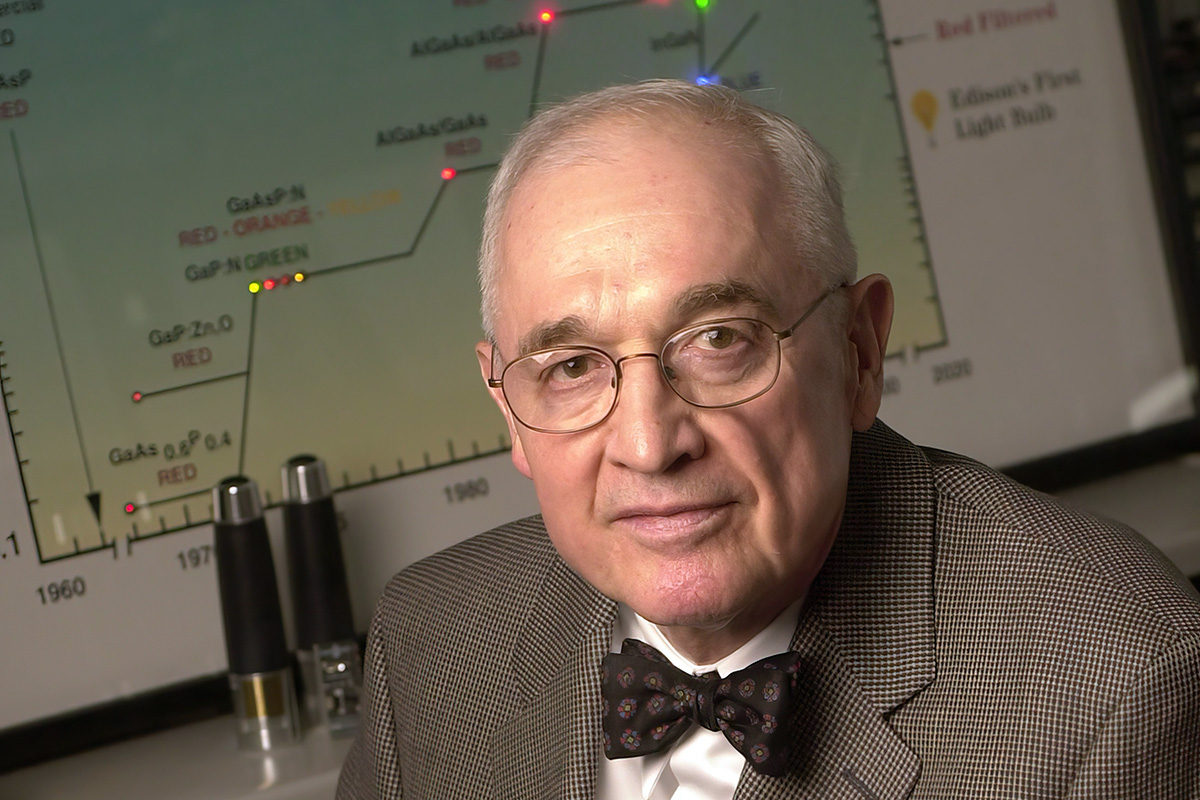
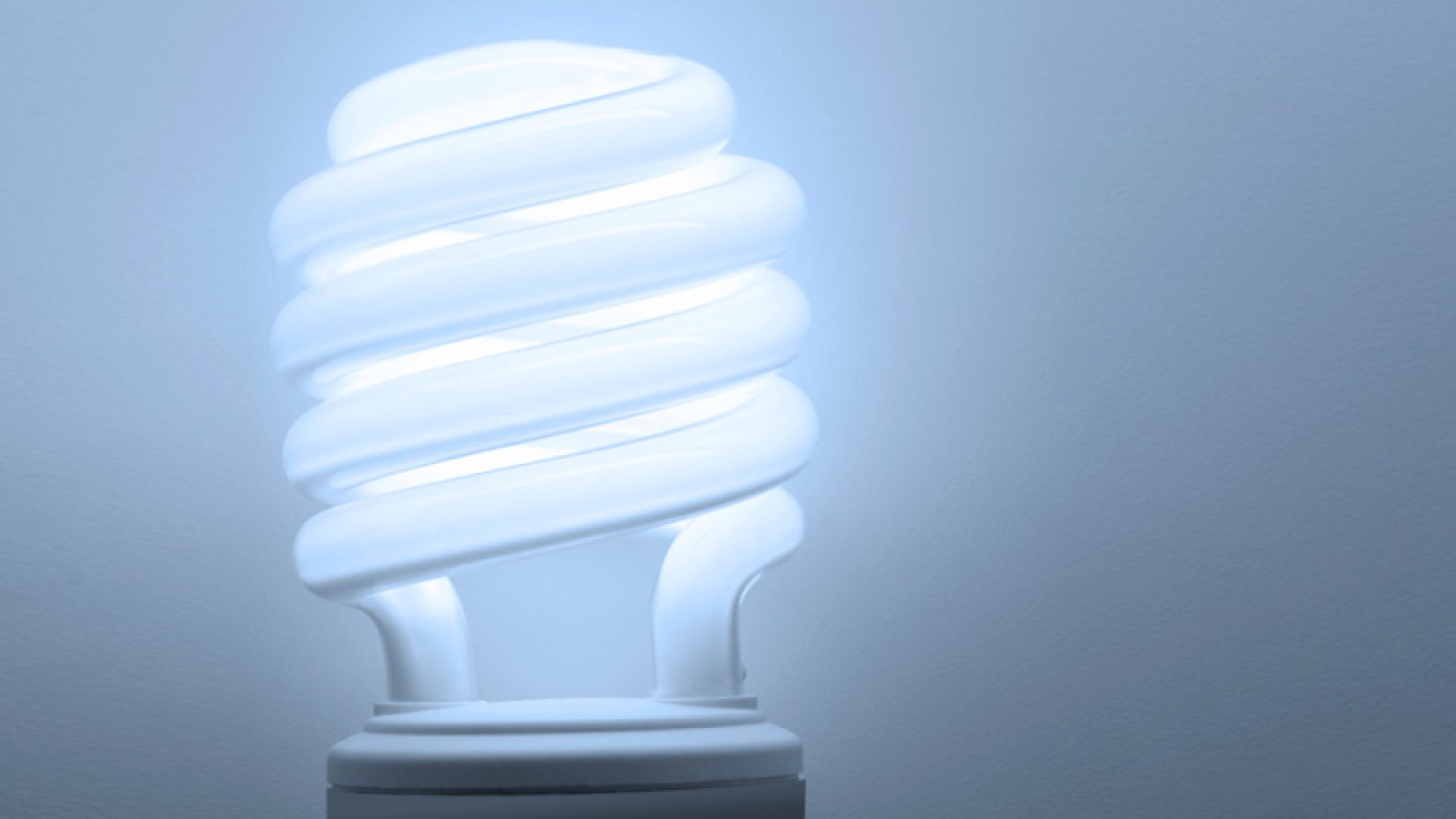
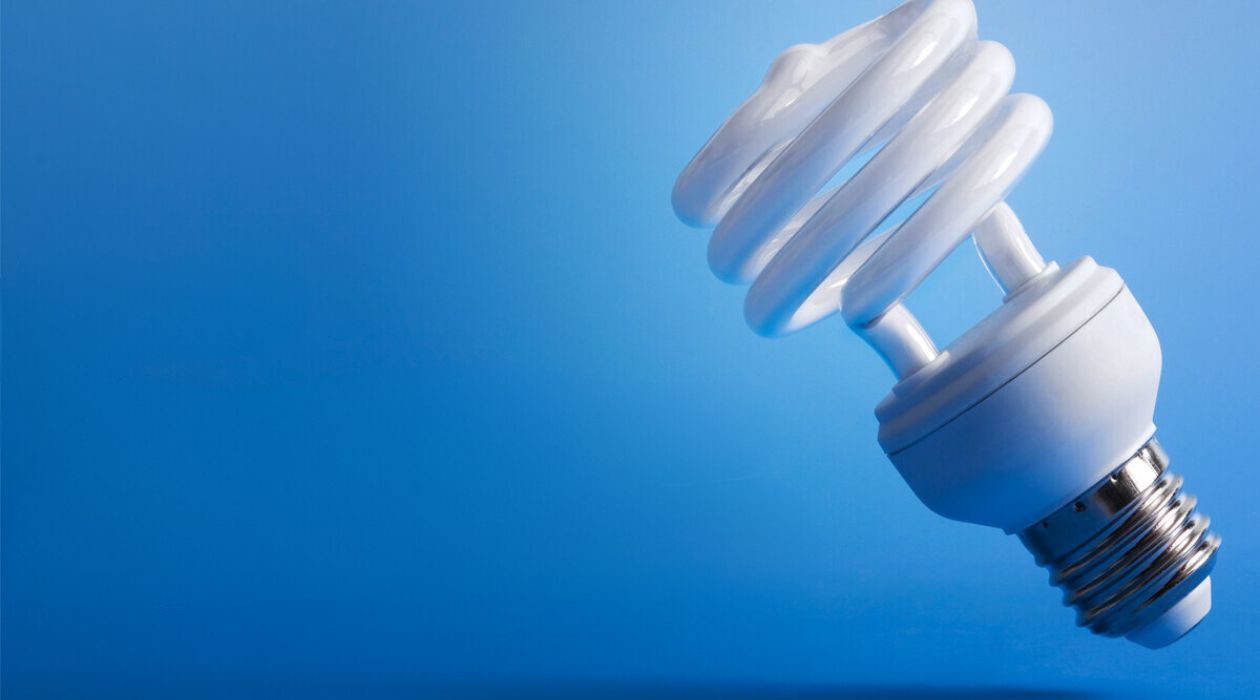
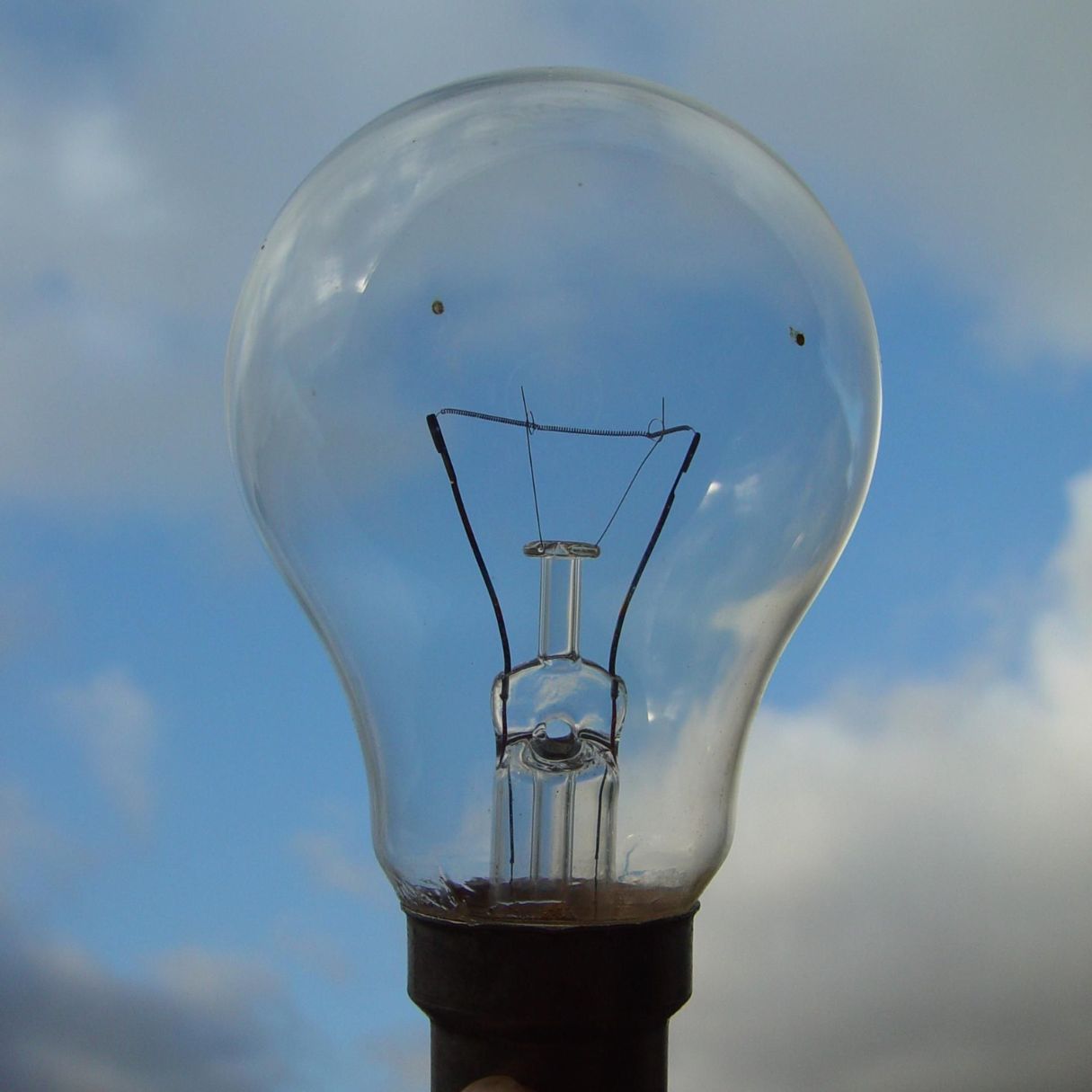
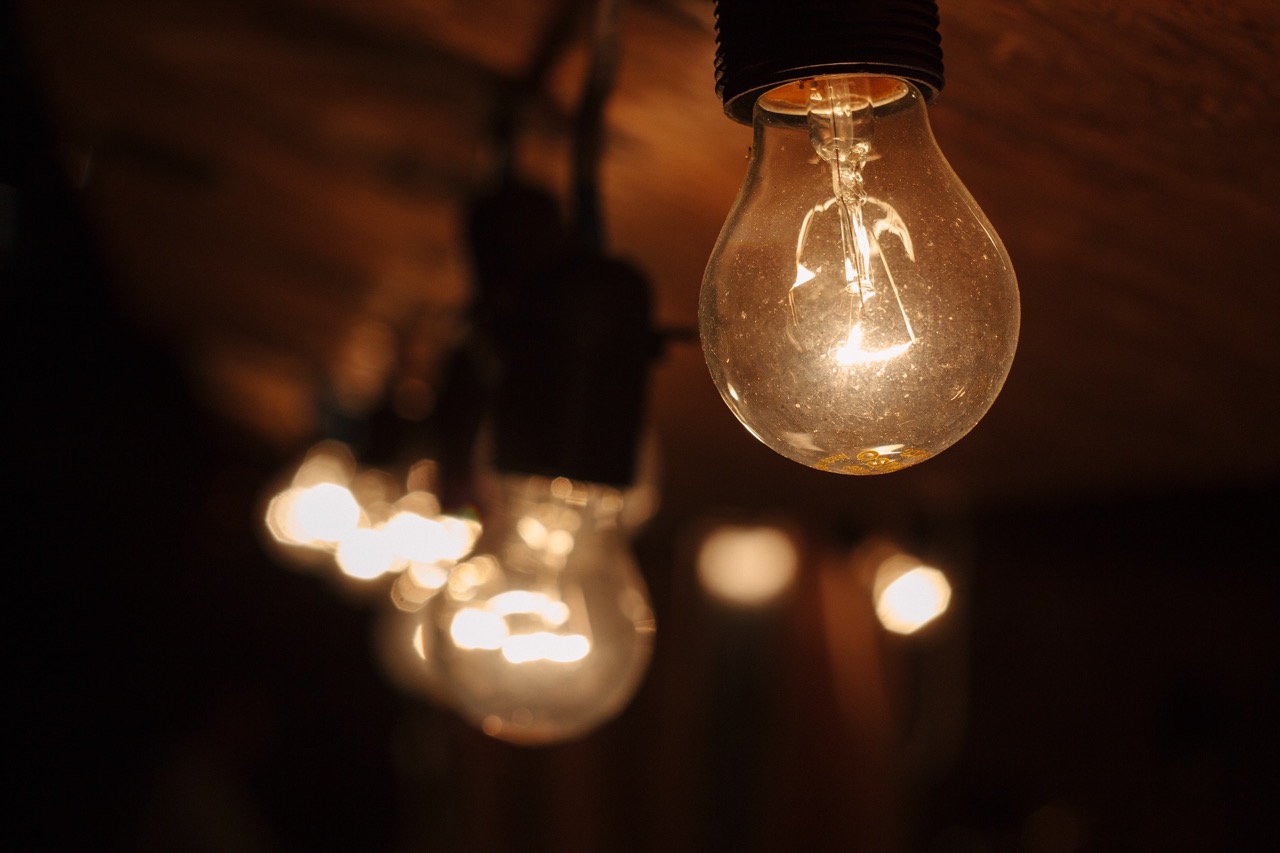

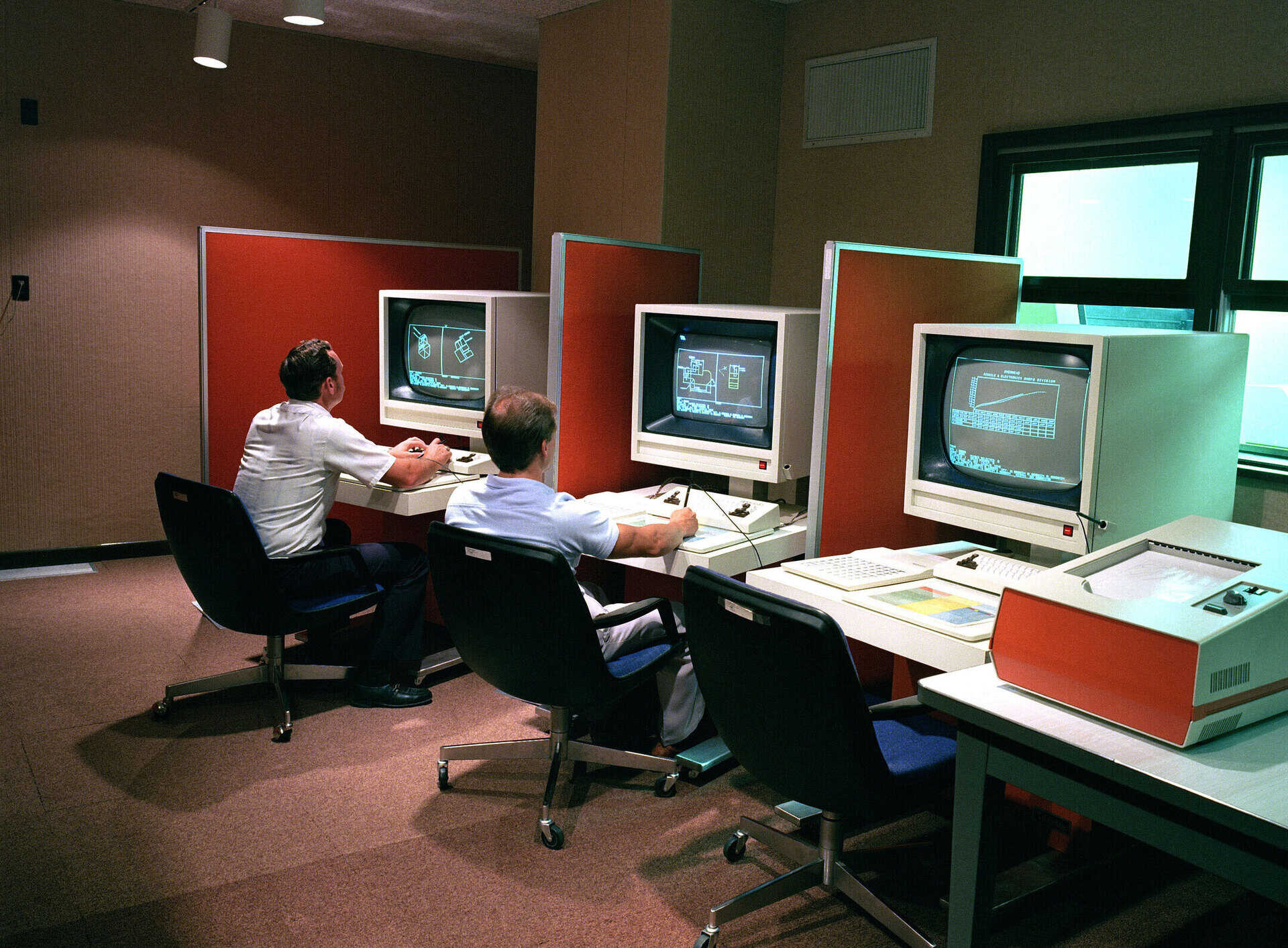

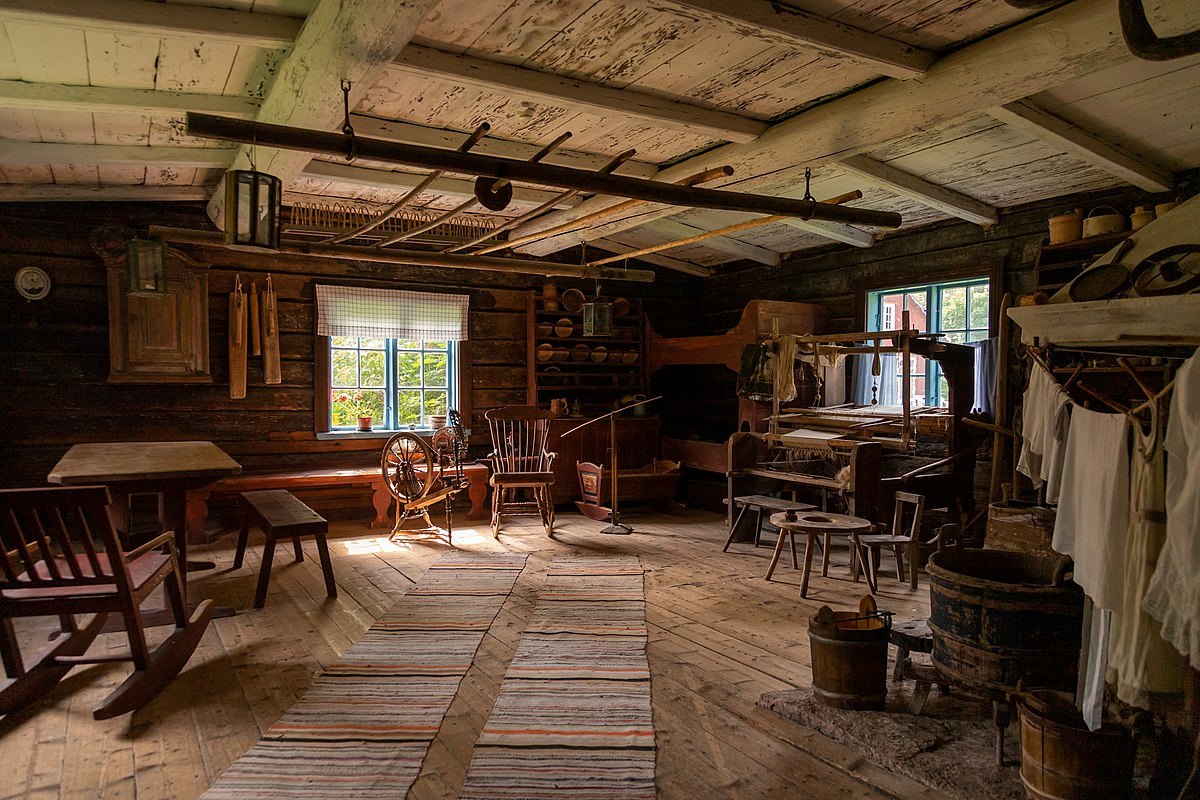


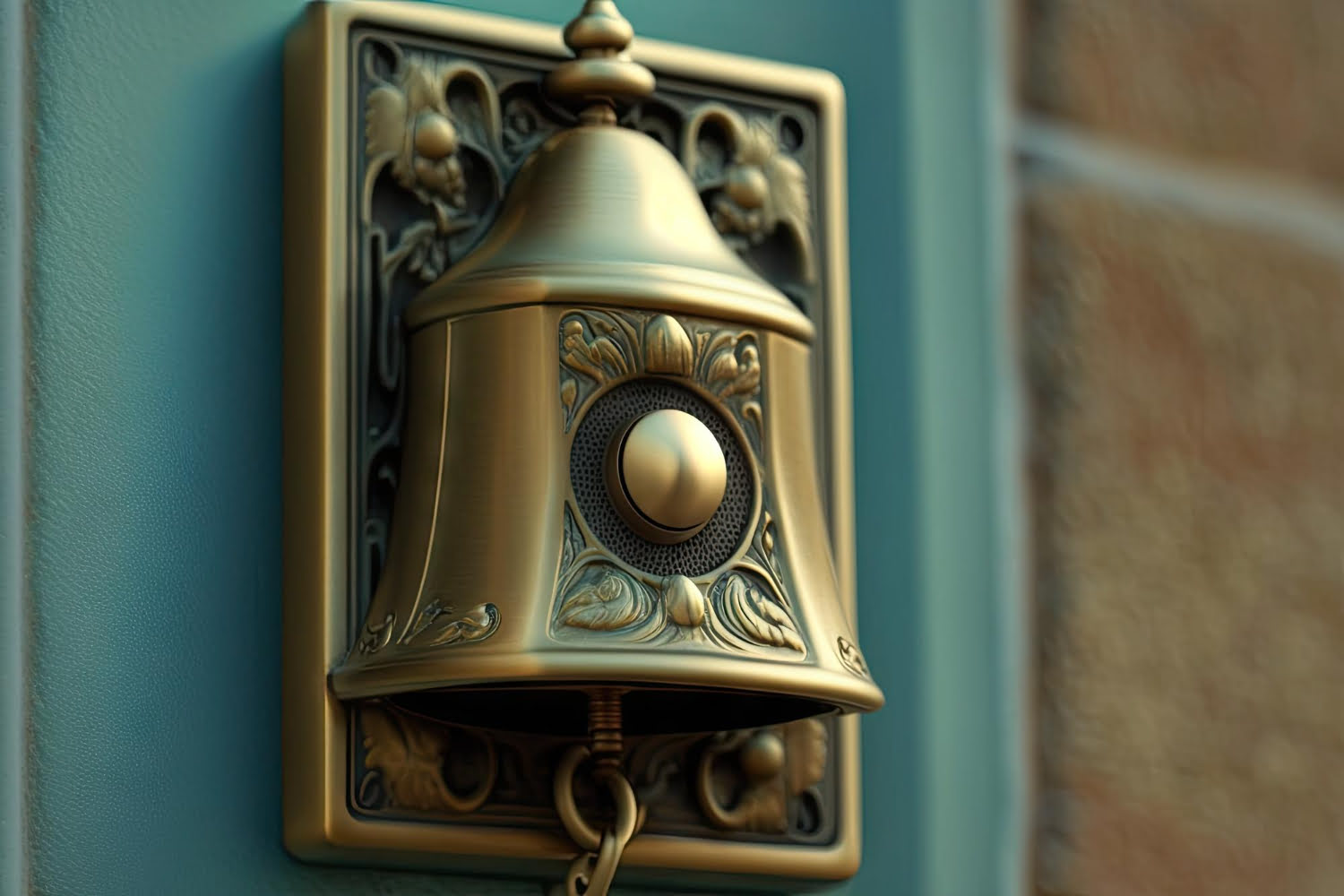



0 thoughts on “Who Invented The Fluorescent Light Bulb”